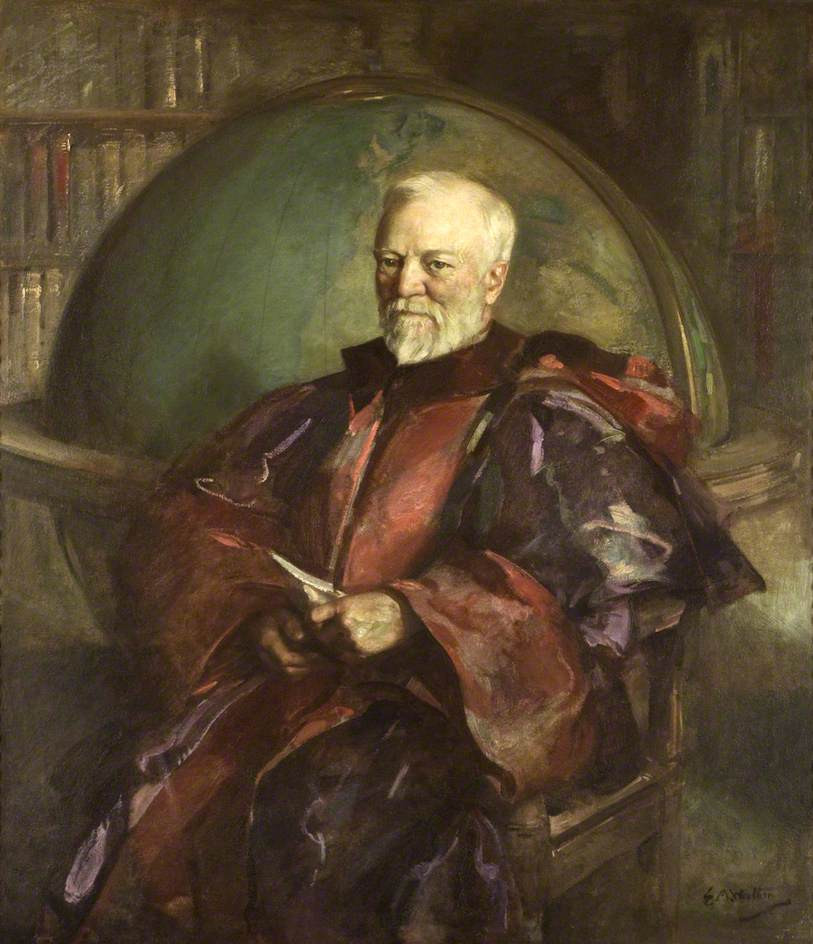Belarski came from Pennsylvania's coal mining country, but was able to get away to New York City and study engineering and art at Brooklyn's Pratt Institute. Unlike his contemporary, Walter Baumhofer, Belarski never graduated from pulp to "slick" magazines, but he did move on to illustrating covers for paperback books.
Below are examples of his pulp work, 1928-1943.
War Stories cover - 16 August 1928
Early Belarski cover art. It's not well done. The helmets of the (probably) American soldiers are a lot smaller than in reality, which helps to make the heads unconvincing.
Aces cover art - July 1930
This is better, though the scene is improbable -- the American pilot twisting around to fire the dead gunner's Lewis gun at a pursuing German fighter. Perhaps the magazine featured a short fiction story that included this action.
British or American soldiers attacking
Again, Belarski has trouble drawing Great War British style helmets, though these are better than in the earlier image. The case was the same for many illustrators and fine artists, including William Orpen.
War Birds cover - June 1936
A Three Musketeers theme, though the flyers are in American planes.
Thrilling Mystery cover - November 1936
Damsel in distress. The red dress helps attract the attention of news stand browsers, a standard pulp cover practice.
Argosy Weekly cover - 8 January 1938
That airplane really interests me because it resembles the De Havilland Vampire jet fighter that first flew in 1943. Belarski's plane seems to be rocket powered.
The Phantom Detective cover - n.d.
Belarski's technique has improved considerably by the time this cover was painted -- I'm guessing it's from the end of 1930s or the early 1940s.
Charging French poilus
Probably painted in 1939 after World War 2 started but before France fell in June, 1940. The helmets are convincing, as is the Char B1 bis tank in the background.
Flying Stories cover - Fall 1943
The geometry of the relationships of the aircraft and tracer bullet streams is haywire, but I assume the art director asked for lots of Japanese army fighters shooting, burning and otherwise keeping the USAAF B-17 occupied.
























































